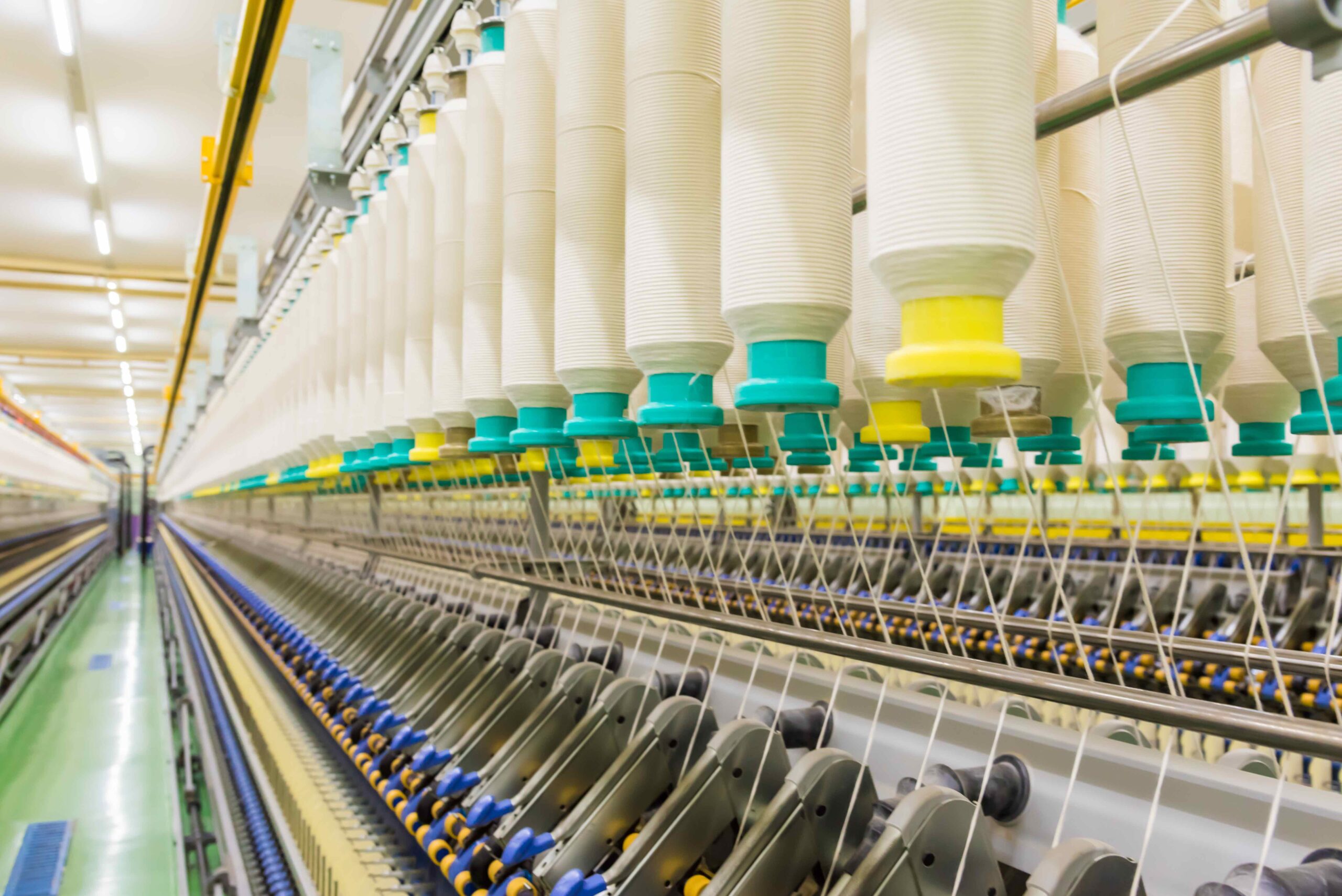New Fund Eyes Lower Carbon Emissions in the Fashion Industry, With the Help of Top Brands.
A new fund that aims to accelerate efforts to cut carbon emissions in the fashion industry has the backing of two of the best-known brands in the apparel world: H&M Group and Lululemon Athletica. They’re among the companies and organizations supporting the $250 million Fashion Climate Fund, a 501(c)3 organization launched in early June by the non-profit Apparel Impact Institute.
The fund brings together clothing brands, philanthropic donors, and other industry stakeholders with the goal of unlocking an additional $2 billion in funding once effective solutions have been developed and scaled up.
Other early backers include the H&M Foundation – H&M Group’s philanthropic arm – and the Schmidt Family Foundation. More backers are expected to be announced in the coming months, with the fund aiming to raise $10 million from each.
The fund will support new carbon-reduction programs and solutions under a structured pipeline designed to get programs from pilot to scale. A range of initiatives will be financed, from expanded use of renewable energy to developing next-generation materials and weaning the industry off of coal.
“We believe the fund provides a powerful mechanism to overcome the challenges of getting new solutions implemented by the industry, and thereby accelerate the progress on climate action,” H&M Foundation’s Christiane Dolva said. “The urgency to address the climate issues has never been more acute. Early-stage innovations and new solutions play a critical role, but the impact does not happen before they can be scaled, and the industry starts adopting and implementing them.”
Many of the world’s leading companies have committed to reaching net-zero emissions across their businesses by 2050 and cutting their emissions in half by 2030. However, numerous barriers remain. A recent study by the Apparel Impact Institute (AII) and World Resources Institute found that 96% of the fashion industry’s emissions come from third-party farms and factories used by multiple companies.
The Fashion Climate Fund lists several initiatives to help reduce the industry’s carbon footprint on its website. They include the following:
- Pilot renewable thermal technologies to replace coal.
- Develop dry methods of materials processing to replace coal.
- Invest in the next generation of new materials and regenerative agriculture techniques.
- Partner with the financial community to de-risk and scale investment in proven clean energy solutions.
- Fund the development of digital tools for transparent, standardized impact reporting.
One of the keys to decarbonizing the industry is transitioning away from coal. More than half of emissions in the fashion industry come from dyeing fabric, called the wet processing stage. Facilities that dry and process textiles into finished materials burn large quantities of coal because it’s the cheapest and most readily available fuel source for getting hot boilers to process the fabrics.
The Fashion Climate Fund aims to identify technologies and solutions to change that. Through the fund’s Carbon Leadership Program, its team is working with 10 fashion industry leaders to launch pilots that will test new manufacturing innovations.
Those innovations include dry processing, which reduces the need for coal boilers, and large hot water tanks typically used at every stage of clothing production. An organization called Fashion for Good in Amsterdam – one of the Fashion Climate Fund’s partners – recently launched D(R)YE Factory of the Future, a project that aims to accelerate the shift from wet to mostly dry textile processing.
The fund will also invest in sustainable fabrics such as plant-based leather and recycled polyester, cotton, and nylon. At the start of the supply chain, the focus will be on regenerating natural fibers with more efficient irrigation. The fund’s partners at the Textile Exchange are leading research to increase next-generation fabrics and regenerative agriculture processes.





